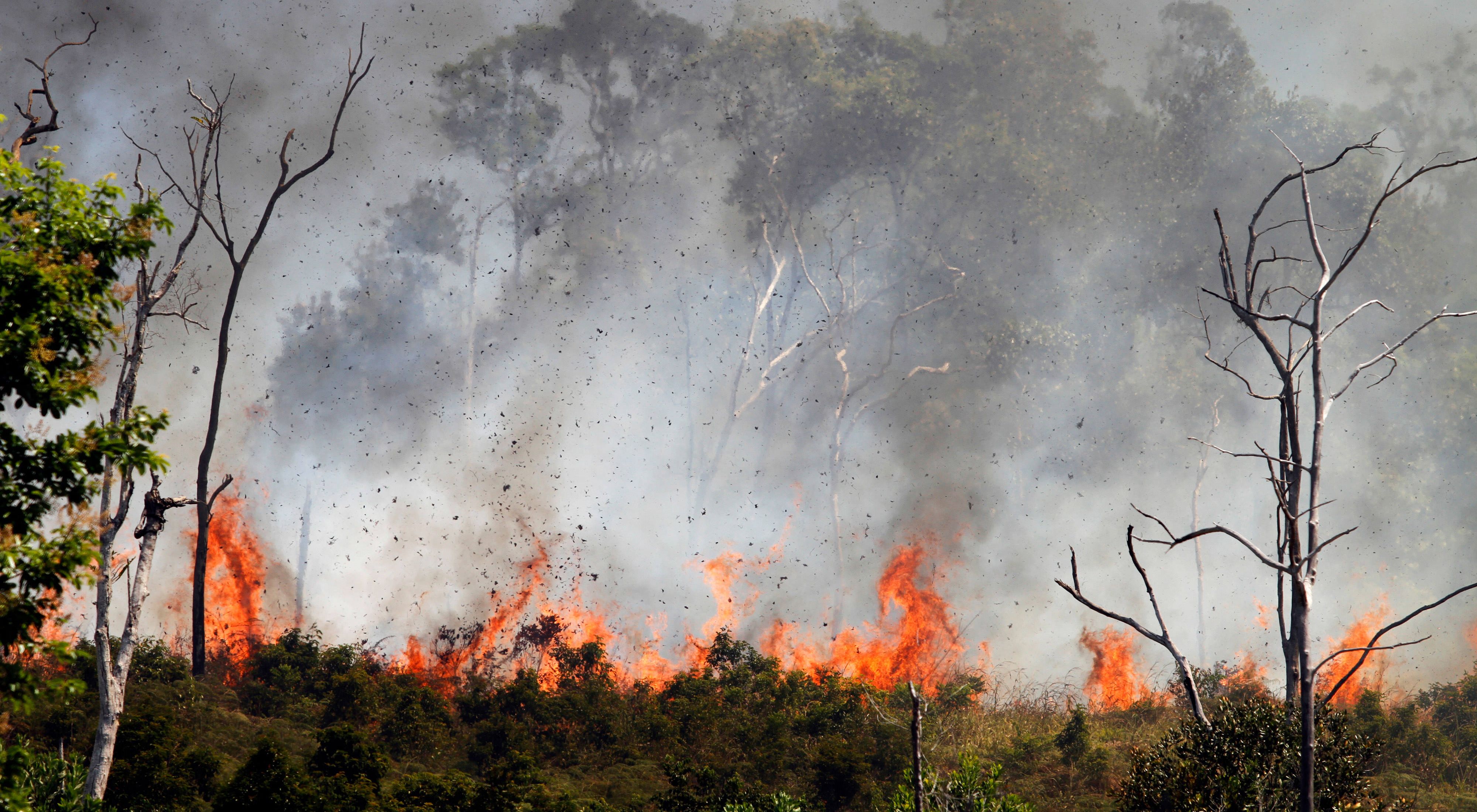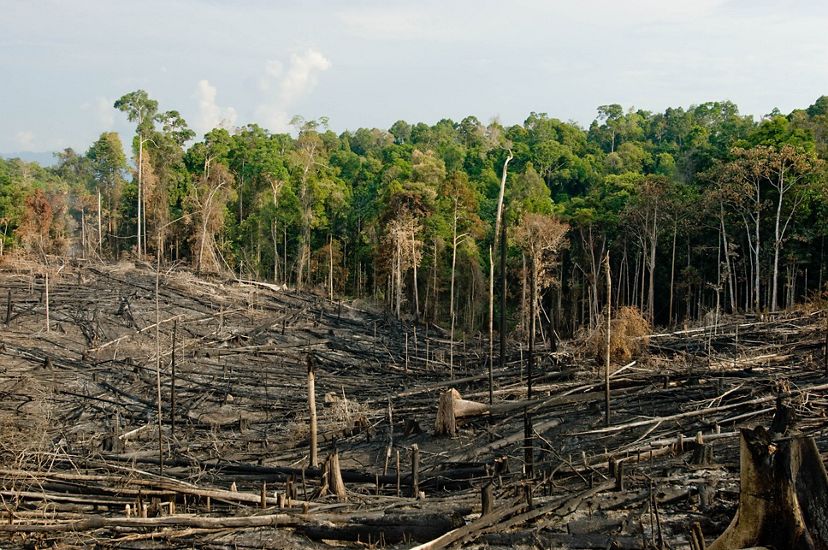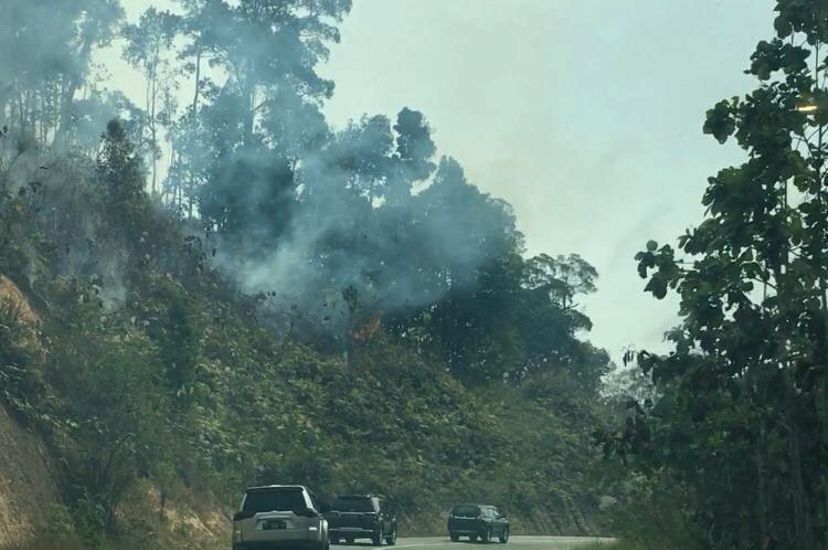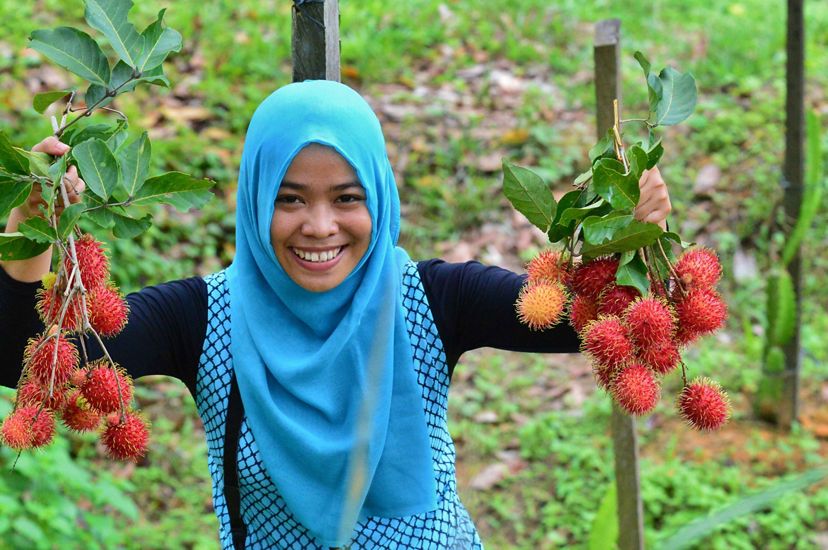Fires Threaten Indonesia’s Biodiverse Forests
Widespread tropical forests are burning throughout Indonesia. Here’s why we should pay attention.
This season, the Amazon isn’t Earth’s only lung choking on the soot of burning trees.
On the other side of the world (literally), fires that have raged for weeks are now intensifying throughout Indonesia’s tropical forests — the world’s third-largest such ecosystem after the Amazon and Congo basins, and a carbon storage powerhouse that is essential to tackling global climate change. Orangutans, who peacefully forage for figs by day and build elaborate tree nests by night, are among the amazing wildlife caught in the crosshairs.
Here’s what we know about the Indonesia forest fires:
The environmental crisis is likely Indonesia’s worst fire season since 2015, when land conversion — whether it’s the illegal burning of forests or the draining of carbon-rich peatlands — into agricultural land spiraled out of control, deeply affecting air quality for over 28 million people in Southeast Asia and afflicting respiratory illnesses in about 140,000. As you read this, bone-dry conditions throughout forests on the islands of Sumatra and Borneo are thwarting extensive fire prevention efforts implemented by the Indonesian government to address future flare-ups after 2015’s national inferno.
“This is the burning season,” Jack Hurd, previous regional managing director for TNC’s Asia Pacific program, said when asked about the Amazon fires at the recent Fortune Global Sustainability Forum in Yunnan, China. "It’s been happening in Indonesia for 25 years, and in other countries with large forested regions.” And by all accounts, it’s getting worse.
How were the fires in Indonesia caused?
Palm Oil Deforestation
Agricultural conversion remains a major challenge to protecting forests. On a recent field visit across nearly 400 miles of East Kalimantan province (located in the Indonesian part of Borneo), TNC staff observed parched landscapes, towering shorea and meranti trees aflame, and miles of smoldering forest remains. Many fires have been intentionally set to clear land for agriculture, and can destroy much more forest than was intended.
Interspersed throughout the wreckage, and stretching to the horizon, were endless rows oil palm. Native to West Africa, these trees produce palm oil, a ubiquitous ingredient found in consumer products from chocolate to eyeshadow. Indonesia is the world’s largest producer of palm oil, supplying about half of global volume. While a critical economic sector for the nation, the sheer scale of this industry has had a deep impact on Indonesia’s forests. Along with mining and unsustainable logging operations, palm oil production has driven widespread deforestation throughout the nation, with land conversion and timber operations accounting for about half of the country’s greenhouse gas emissions (GHGs).
Indigenous people are losing their homes in the fires
Indigenous people, who are among the forest’s best guardians, are losing the only homes they know. Bloomberg reports that at least 160 indigenous people from small communities have fled the fires; two have died. Here, the irony must not be overlooked: As the Intergovernmental Panel on Climate Change (IPCC) recently acknowledged, indigenous peoples are among the most effective change agents in protecting land from unsustainable development and tackling climate change. Their absence from the landscape is a loss for all of us.
Indigenous and local community engagement is the lifeblood of The Nature Conservancy’s Indonesia program, and has been since we began working here nearly 30 years ago.
Our primary conservation tool used to engage Indonesian communities is an innovative approach called SIGAP — a Bahasa Indonesian acronym meaning Communities Inspiring Actions for Change. SIGAP introduces villages to conservation in an immediately tangible way: We help secure legal rights for communities to access and manage their natural resources, plan future development that can be sustainable and explore new livelihood opportunities such as eco-tourism that provide needed revenue.
Quote: Dr. Herlina Hartanto
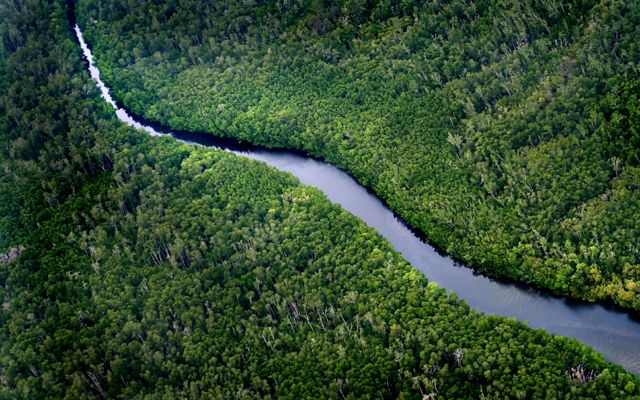
“The SIGAP approach supports villagers to first identify, and then internalize, the fact that they have exceptional strength and abilities to take actions to change their lives as well as preserve their environment.”
TNC has worked with over 180 villages to adopt SIGAP. The program’s transformational potential can be seen in communities such as Merabu in Berau District, East Kalimantan, which successfully acquired 35-year rights to manage and sustainably use local forests that span nearly 20,000 acres. As a SIGAP pilot site, Merabu has secured greater government support for local priorities, such as improved monitoring efforts of protected forest areas and the development of more diverse livelihood options.
Indonesian forests are iconic — and perhaps under-appreciated.
In popular culture, the Amazon is the enduring star of tropical forests. But Indonesia’s forest and the wildlife that inhabits them make a strong case to share that spotlight. Sumatran rhinos, which have a wild population estimated at fewer than 100 individuals, secretly roam here. Hornbills, whose “casques” (think very stocky, showy headpieces) are so heavy that their flights have a distinct rhythm and volume, are among the most captivating birds on Earth. Sumatran and Bornean orangutans, gibbons, Asian elephants and clouded leopards are just some of the other awesome animals that live in Indonesian forests.
Indonesia’s forests are not only essential for biodiversity, but also are key to economic development — and a cultural cornerstone for indigenous communities.
